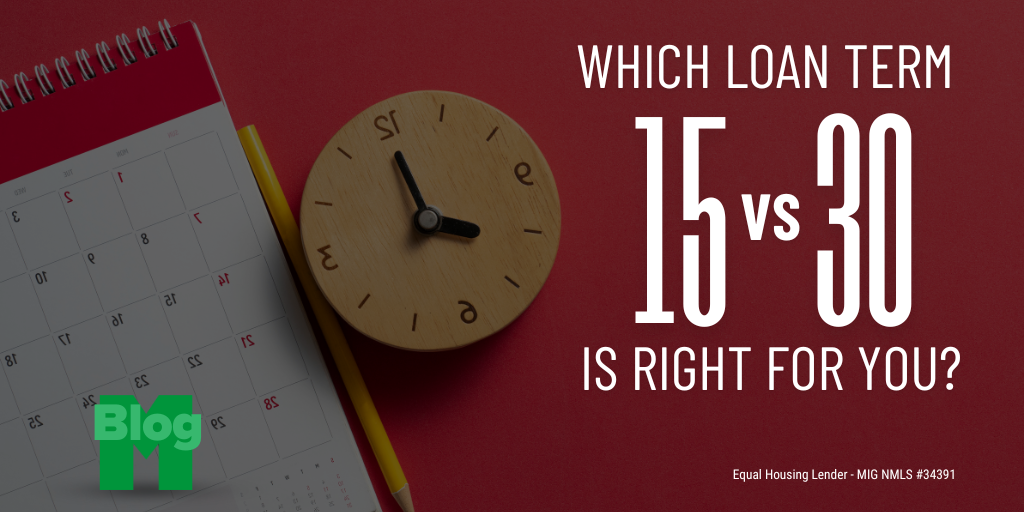
One of the most common questions homebuyers have is whether they should opt for a 15-year or 30-year mortgage. Both options have their pros and cons, and the right choice depends on your financial situation, long-term goals, and monthly budget. Let’s break down the key differences between the two, so you can make an informed decision.
The Basics: What’s the Difference?
At its core, the difference between a 15-year and a 30-year mortgage comes down to the length of time you have to repay the loan. But this also influences your monthly payments, the interest rate you’ll pay, and the total cost of the mortgage over time.
- 15-Year Mortgage: You’ll pay off the loan in half the time, which means higher monthly payments but less total interest paid over the life of the loan.
- 30-Year Mortgage: You’ll spread the loan out over a longer period, resulting in lower monthly payments but more interest over the life of the loan.
Now, let’s dive deeper into the pros and cons of each option.
Pros and Cons of a 15-Year Mortgage
Pros:
- Lower Interest Rates: Lenders typically offer lower interest rates on 15-year mortgages. This can save you tens of thousands of dollars in interest over the life of the loan.
- Less Interest Paid Overall: Since you’re paying off the loan in a shorter period, you’ll pay significantly less in total interest. This allows you to build equity in your home faster.
- Own Your Home Sooner: You’ll be mortgage-free in half the time, which can free up your finances for other goals like retirement or college savings.
Cons:
- Higher Monthly Payments: Because you’re repaying the loan in a shorter time, your monthly payments will be higher. This can put more pressure on your monthly budget.
- Less Flexibility: The higher monthly payment may limit your ability to handle other financial goals or emergencies, as more of your income is tied to your mortgage payment.
Pros and Cons of a 30-Year Mortgage
Pros:
- Lower Monthly Payments: A 30-year mortgage gives you more manageable monthly payments. This can free up cash flow for other expenses or savings goals.
- More Flexibility: With lower payments, you may have more financial flexibility, allowing you to invest, save, or cover other household costs.
- Easier to Qualify: Since the payments are lower, lenders may approve you for a larger loan amount, potentially helping you afford a more expensive home.
Cons:
- Higher Interest Rates: Lenders generally charge higher interest rates on 30-year mortgages. This means you’ll pay more in interest over the life of the loan.
- More Interest Paid Overall: While the lower monthly payments are appealing, stretching the loan over 30 years means you’ll pay significantly more in interest in the long run.
- Slower Equity Growth: Since more of your payment goes toward interest early in the loan, it takes longer to build equity in your home.
How to Choose the Right Loan Term for You
Choosing between a 15-year and a 30-year mortgage isn’t a one-size-fits-all decision. Here are some factors to consider when making your choice:
- Your Monthly Budget: If you can comfortably afford the higher monthly payments of a 15-year mortgage, it may be worth it to save on interest and own your home sooner. However, if the payments would stretch your budget too thin, a 30-year mortgage might be a better fit.
- Your Long-Term Financial Goals: Are you focused on paying off your home quickly to be debt-free, or would you prefer to keep your payments low and invest the difference elsewhere? If you prioritize retirement savings, investing in the stock market, or paying for a child’s education, the lower payments of a 30-year loan could give you more flexibility.
- Interest Rates: With rates fluctuating, it’s important to compare the interest rates available for both 15-year and 30-year loans. Even a small difference in rate can make a big impact over time.
- How Long You Plan to Stay in the Home: If you plan to stay in your home for the long haul, paying it off sooner might make sense. However, if you anticipate moving in a few years, a 30-year loan might be more appropriate, as you can benefit from lower payments without committing to the higher payments of a 15-year loan.
Consider a Hybrid Approach: Refinance Later
If you’re still unsure, another option is to start with a 30-year mortgage and refinance to a 15-year loan later if your financial situation improves. This gives you the flexibility of lower payments upfront with the potential to pay off your home faster in the future.
Final Thoughts
Choosing between a 15-year and 30-year mortgage ultimately depends on your unique financial situation and goals. Mortgage Investors Group is here to help you explore your options, run the numbers, and find the best solution for your needs.
If you have any questions or need personalized advice, feel free to reach out—we’re happy to guide you through this important decision. Owning a home is one of life’s biggest milestones, and MIG is committed to helping you achieve it with the mortgage plan that fits you best!
![Mortgage Investors Group in [Dynamic1]](../assets/images/mortgage-investors-group.svg)


